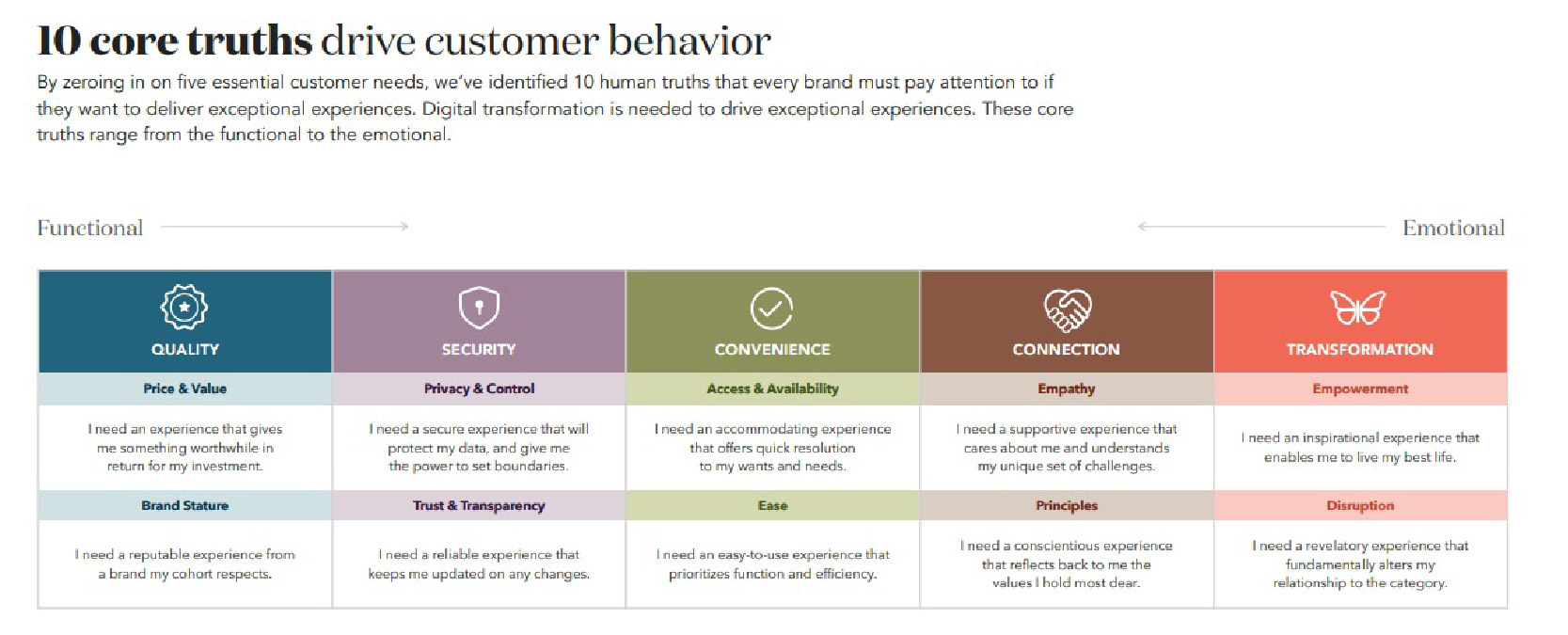How Digital Transformation Fails
Organisations fail because their initiatives are dictated by inward-looking business priorities. Since market opportunities are constantly changing, their solutions are often dated by the time the project launches. Disregarding the problems people face both internally and externally hurts companies in the long run. A few priorities to consider: Business priorities — Projections based on inaccurate […]
Topics
What to Read Next
- Martechvibe Launches the Marquee Awards to Celebrate Breakthrough Digital Campaigns
- Top Marketers 4X More Likely to Use AI, Consolidate Tech
- Roku and iSpot Bring Outcome-Based Optimisation to Streaming
- PMG Expands Influencer Marketing Capabilities with Acquisition of Digital Voices
- PayPal Ads Launches Transaction Graph Insights & Measurement

Organisations fail because their initiatives are dictated by inward-looking business priorities.
Since market opportunities are constantly changing, their solutions are often dated by the time the project launches. Disregarding the problems people face both internally and externally hurts companies in the long run.

A few priorities to consider:
Business priorities
— Projections based on inaccurate data
— Chaotic processes create pushback
Market opportunity
— No time to react to disruption
— High risk of cultural missteps
Human needs
— Unaware of emerging unmet needs
— Lacks insight into future landscape
There’s a lot to learn from leading brands that enhance people’s lives through digital experiences that make a meaningful impact. This begins with understanding what today’s wellness customers value most. Hero Digital, a digital customer experience company, released its report entitled the Truth & Beauty Index, which analyses the top attributes fostering brand advocacy for customers across key industries; retail & consumer goods, financial services, health & wellness and high tech.
Key wellness customer insights
- 40 per cent of the top brand advocacy driving attributes are related to transformation
- 50 per cent of the top brand advocacy driving attributes are emotionally driven
- Brand trust is the #1 attribute driving advocacy for both millennials and Gen X wellness customers
Brand advocacy data by generation
- 40 per cent of Gen Z consumers rank empowerment and disruption as top customer experience attributes when recommending a brand.
- 20 per cent of millennials rank empathy and principles as top customer experience attributes when recommending a brand.
- 50 per cent of Gen X consumers rank empowerment and disruption as top customer experience attributes when recommending a brand.
- 30 per cent of boomers rank price and stature as top customer experience attributes when recommending a brand.
Transformational financial services
Reconciling what people say with how they feel consumers in financial services expect a clear customer experience that protects their personal data. Firms seeking to convert customers into brand advocates must appeal to a sense of pride by improving their reputation as well as empowering people to make confident decisions.
Transformational retail & consumer goods
Seventy-one per cent of retailers agree that digital transformation is an essential part of retail technology.
The retail and consumer goods sector is leading the charge in digital adoption. This has ramifications for every organisation. Consumer standards are high. To have the greatest impact, it’s important to deliver contextual digital experiences that include personal details.
Trust and data empathy
Request data in a way that builds trust and shows clear benefits to the customer. Then use it to personalise experiences. Apply segments with attitudinal and behavioural traits to build cultural sensitivity into your code. Use agile models to understand customer behaviours and prioritise actions to meet emerging needs.
If you liked reading this, you might like our other stories
Time to Make It Personal: Content Personalisation Tips for Better Marketing
The History of eCommerce Explained









































































































